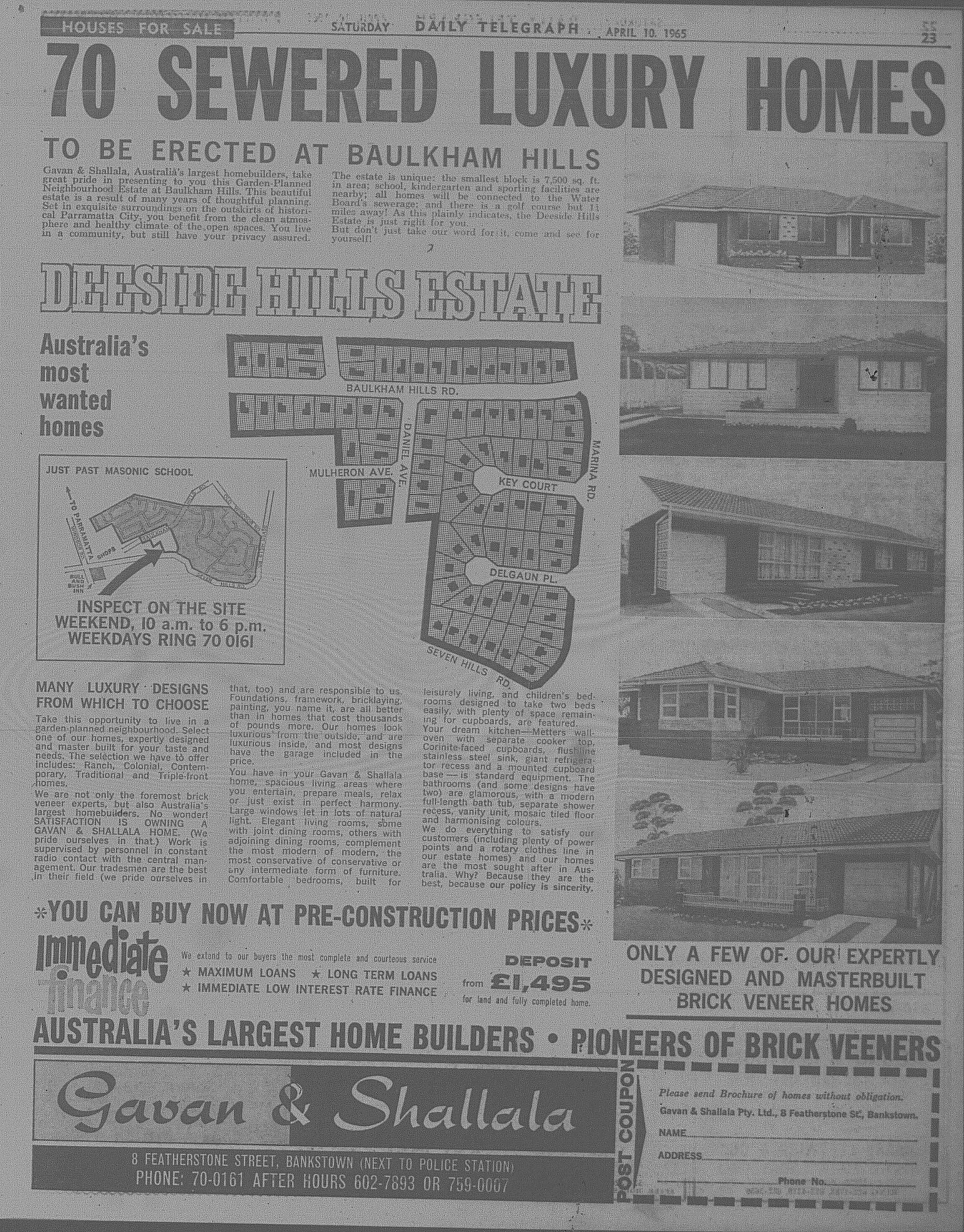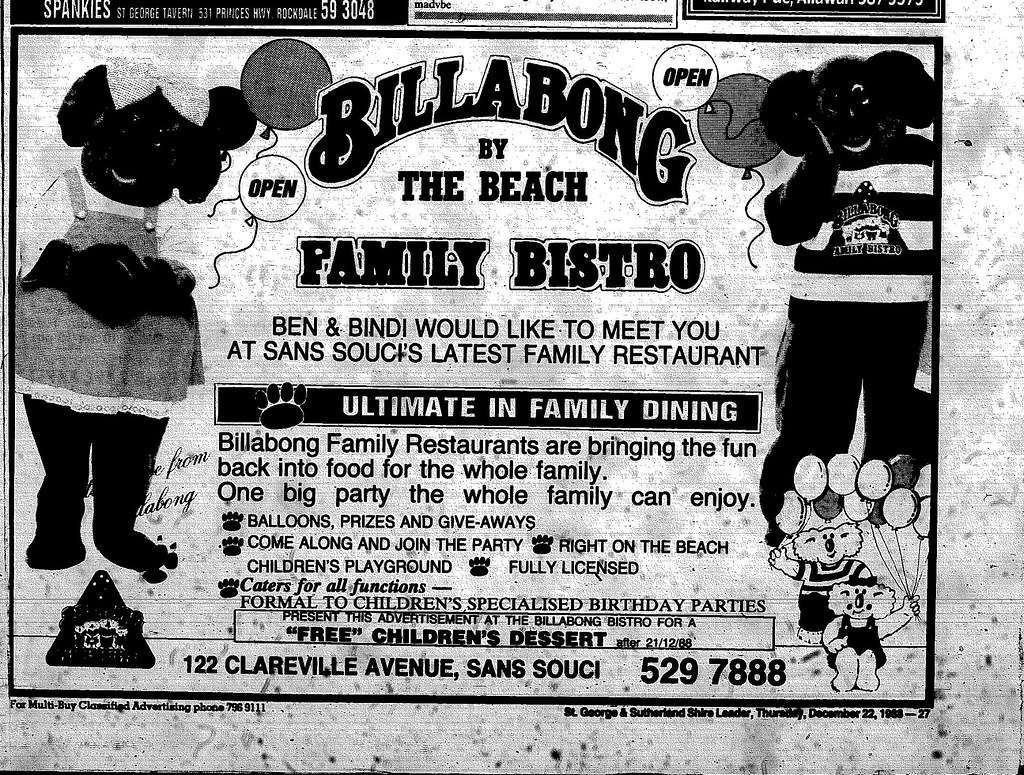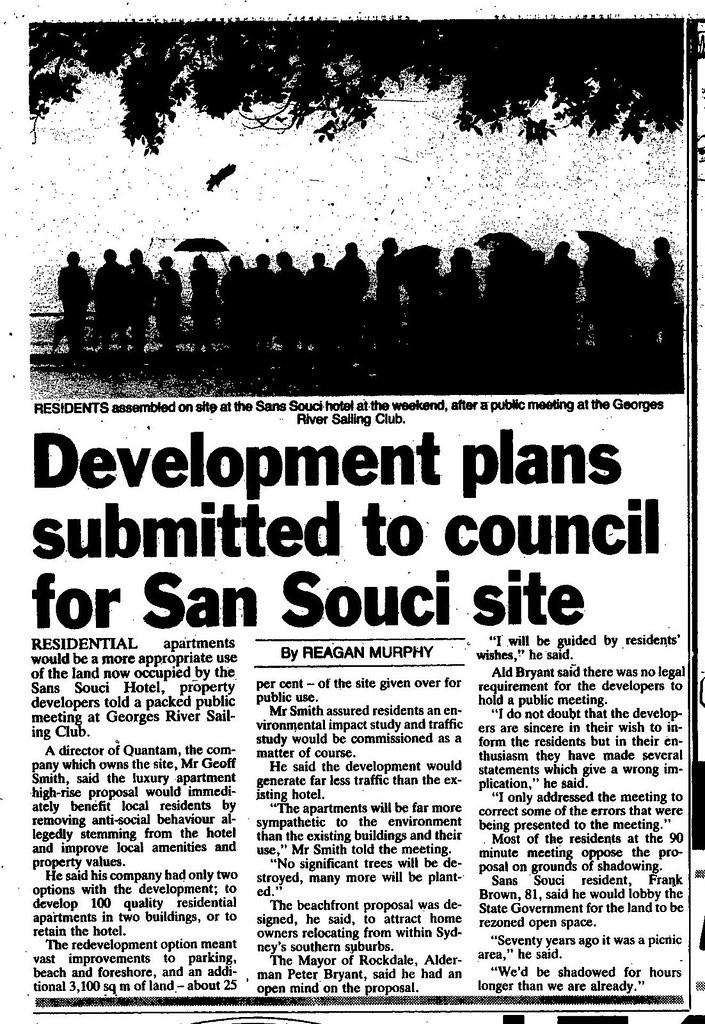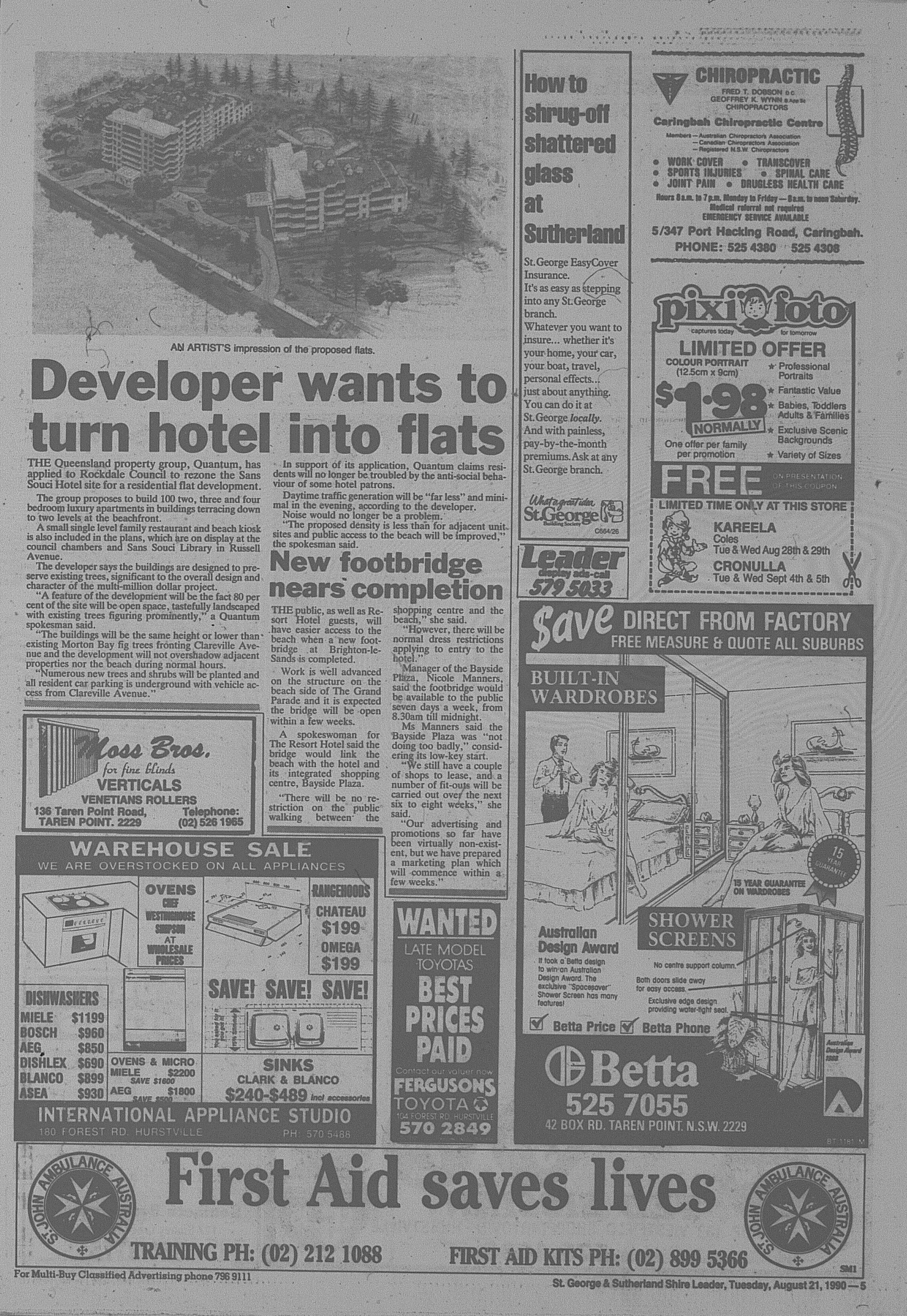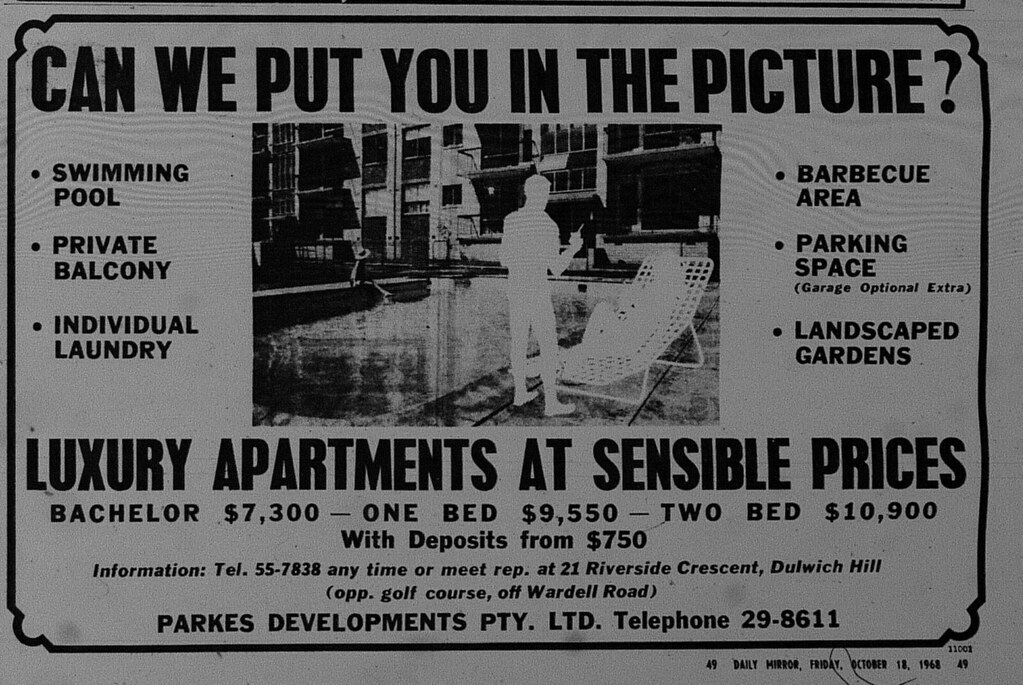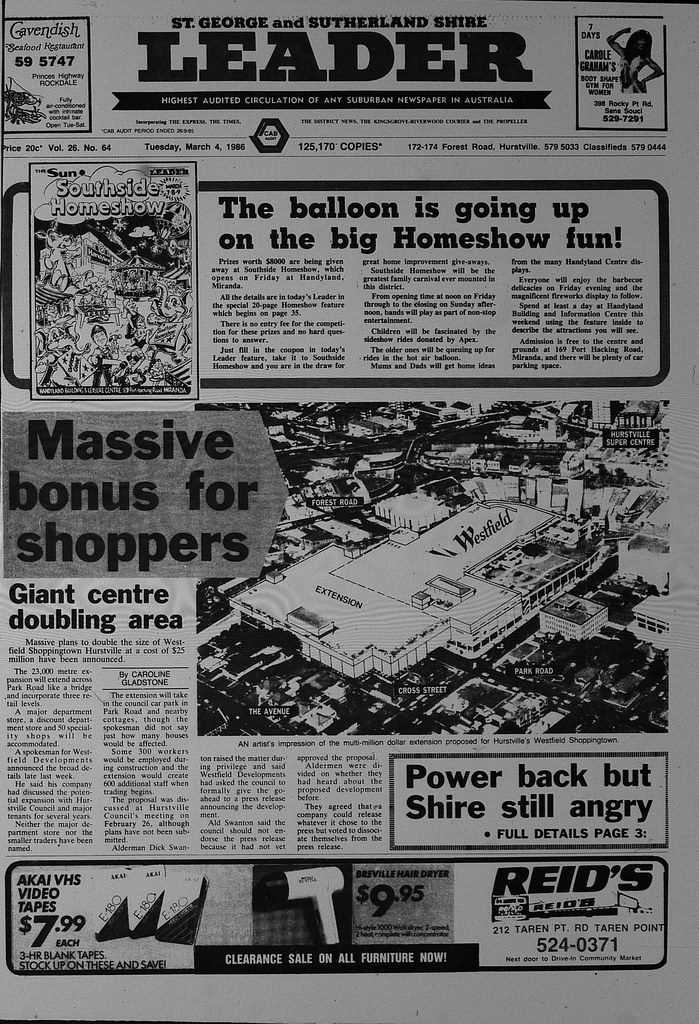 |
| The Manly Ferry Freshwater moored at Manly Wharf in 2011. Photo taken by the Author. |
They have served us proudly since 1982, and acted as the replacements for the aging steamers which had served the run for nearly 70 years.
But how did we end up with them?
It began in 1971. The Manly run was privately run by the Port Jackson & Manly Steamship Company and not part of the Sydney Ferries Network. The company was bought by Brambles Industries. Brambles increased fares, reduced services and retired the Bellubera. It was intended that the Baragoola would also be retired during this time. For regular commuters, it was feared that Ferry services from the city to Manly may be scrapped altogether.
At the time, patronage on the Manly run was decreasing due to increased car ownership, completion of new Spit Bridge in 1958 and the introduction of direct bus services from the Manly-Warringah region to the city.
Two years later (1974), the NSW Government assumed control of the Manly run.
However the Government wanted only two of the three steamers to operate - Baragoola, North Head and South Steyne. When the South Steyne was destroyed by a fire in August 1974, only two steamers were left.
During the decade, the cost of servicing the steamers had become a concern. With two steamers, no ferries were available in the event of a breakdown or if withdrawn for maintainence. Two Lady Class Ferries - Lady Wakehurst & Lady Northcott (both now retired) were reconfigured for the Manly run during their construction.
In 1975, it was announced by NSW Transport Minister Wal Fife that two new Manly Ferries would be in operation within three years.
The election of the Wran Government in 1976 led to the ideas that would shape the Freshwater Class Ferries, though construction did not begin until 1980:
- Twin hulls to allow for an easy turnaround and to accommodate the swells as they cross the Harbour Heads.
- Capacity for 1200 (slightly lower than the steamers).
- Mechnical Gangways (Required upgrades to wharves at Circular Quay and Manly to accomodate them. It meant that they could be configured according to tide levels.
The Collaroy was unique in that was configured to operate ocean cruises, which it did between 1988 and 1991. It has since been reconfigured for harbour services only. The Collaroy also managed to have open air decks on its second level, which were eventually phased onto the remaining member's of the fleet in the early 2000's.
The anticipated growth in patronage did happen and has established itself as it as "must do" for any tourist to Sydney, providing a cheap way to explore Sydney Harbour. On board, one will receive a comfortable experience. Recent renovations have resulted in contemporary furniture, free Wifi and even TV screens to catch up on your favourite show.
As for when they will retire? Thats unknown. Will we see a 5th member join or will they ultimately be taken over by a new class. The old steamers lasted up to 70 years before they sailed into history.
The anticipated growth in patronage did happen and has established itself as it as "must do" for any tourist to Sydney, providing a cheap way to explore Sydney Harbour. On board, one will receive a comfortable experience. Recent renovations have resulted in contemporary furniture, free Wifi and even TV screens to catch up on your favourite show.
 |
| Upgrades to the Freshwater Class have improved commuter comfort. Photo taken by the Author (2011) onboard the Freshwater. |
